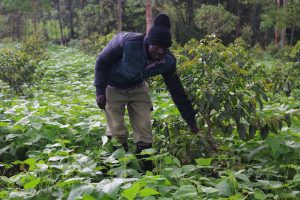 The Cherangani people, an indigenous community in Kenya’s Rift Valley, have always called the Cherangani Hills Forest their ancestral home.
The Cherangani people, an indigenous community in Kenya’s Rift Valley, have always called the Cherangani Hills Forest their ancestral home.
Also known locally as the Sengwer, they were traditionally reliant on the forest for hunting and gathering, herbal medicines, honey, and sorghum and millet farming. Then the colonial government evicted them from the forest, only permitting them access to medicinal plants; gathering and hunting in the forest is still prohibited.
Their gardening of the forest required that they regularly rotate homestead areas, about every two years, to protect them from degeneration.
“The forest was our source of honey, hunting animals, and wild fruits for food. Seeds from some fruits found far away from the homesteads would be dispersed closer to the homestead to allow the children and the elderly access,” says Abraham Mworor Maina, a 94-year-old former assistant chief and father of 16.
Mworor says his community, dependent on sorghum and millet, used shovels curved with stones for minimal soil disturbance, and intercropped the grains with trees in an agroforestry system. “We also farmed between trees, as [they] provided shade. We also relied on the decayed trees’ leaves for soil health.”
“Agroforestry has been with us ever since before man discovered agriculture,” says Jonathan Muriuki, the World Agroforestry Centre (ICRAF) country representative for Kenya. “As a hunter-gatherer, man would harvest fruits from the forest he was living [in] and at some time started domesticating some crops and animals, and clearing space to grow these crops. That’s where it all started.”
Muriuki says agroforestry tries to improve agriculture and productivity by having many components on the farm. “Several crops [like] cereals and legumes are intercropped with trees interspersed on the farm: the trees were either used for livestock fodder production, timber, fruit, [or] soil improvement, but the more species you have on the farm, the more ecologically balanced a farm becomes.”
Originally published by Mongabay


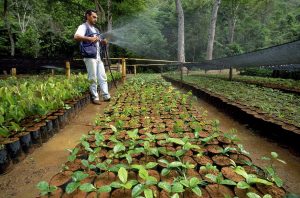
 Crops that don’t need to be planted every year can reduce soil erosion and nutrient runoff, but currently have lower yields. These researchers and businesses are working to fix that.
Crops that don’t need to be planted every year can reduce soil erosion and nutrient runoff, but currently have lower yields. These researchers and businesses are working to fix that.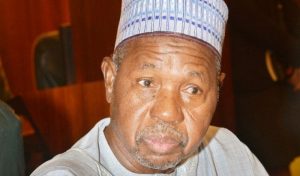 An EU agro-forestry programme known as Fuel Wood Balance (FUWOBA) has commenced distribution of 760,000 additional free tree seedlings in seven local governments in Katsina State.
An EU agro-forestry programme known as Fuel Wood Balance (FUWOBA) has commenced distribution of 760,000 additional free tree seedlings in seven local governments in Katsina State.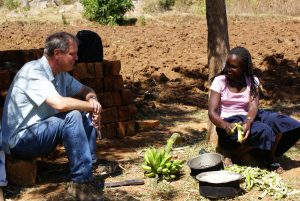 Rare is the map that would label the stretch of Interstate 80 running through Iowa as a “scenic route.” To most drivers, it is a straight, flat, smooth track to test speed limits and challenge radar devices; for many passengers, it is a time to nod off.
Rare is the map that would label the stretch of Interstate 80 running through Iowa as a “scenic route.” To most drivers, it is a straight, flat, smooth track to test speed limits and challenge radar devices; for many passengers, it is a time to nod off.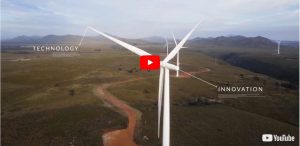 Though his business card says Director of Forest Carbon Science at The Nature Conservancy, Bronson Griscom introduces himself as an ecological accountant. Griscom radiates an optimism somewhat rare in seasoned environmentalists, especially when he discusses the “carbon economy” of nature: the everyday role that trees, grasslands and coastal habitats play in the carbon cycle. Griscom can measure the carbon impact of logging in old growth forests, or how well different forest ecosystems work as sinks for absorbing and storing carbon from the atmosphere. He helps link our economy with the economy of the biosphere.
Though his business card says Director of Forest Carbon Science at The Nature Conservancy, Bronson Griscom introduces himself as an ecological accountant. Griscom radiates an optimism somewhat rare in seasoned environmentalists, especially when he discusses the “carbon economy” of nature: the everyday role that trees, grasslands and coastal habitats play in the carbon cycle. Griscom can measure the carbon impact of logging in old growth forests, or how well different forest ecosystems work as sinks for absorbing and storing carbon from the atmosphere. He helps link our economy with the economy of the biosphere.